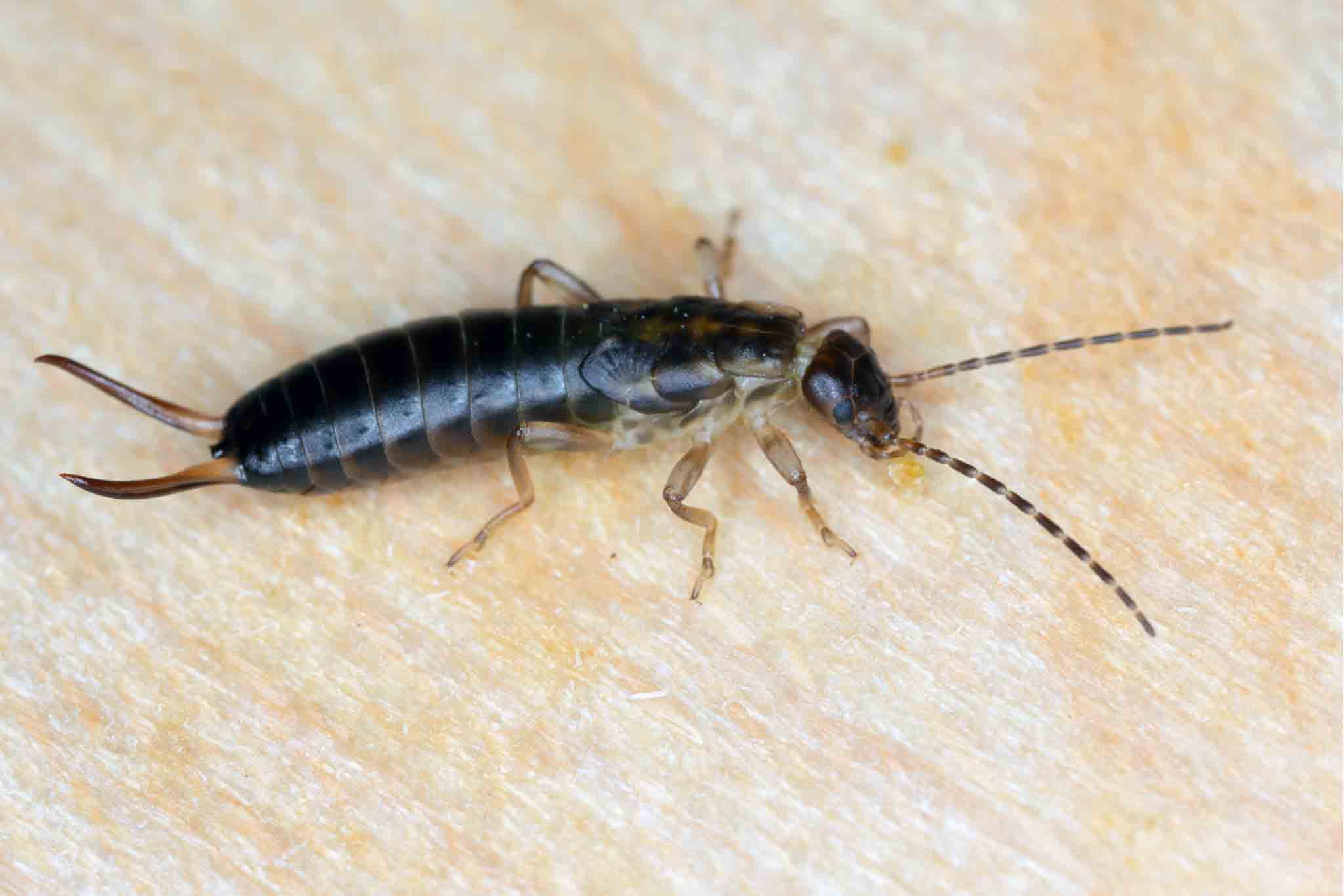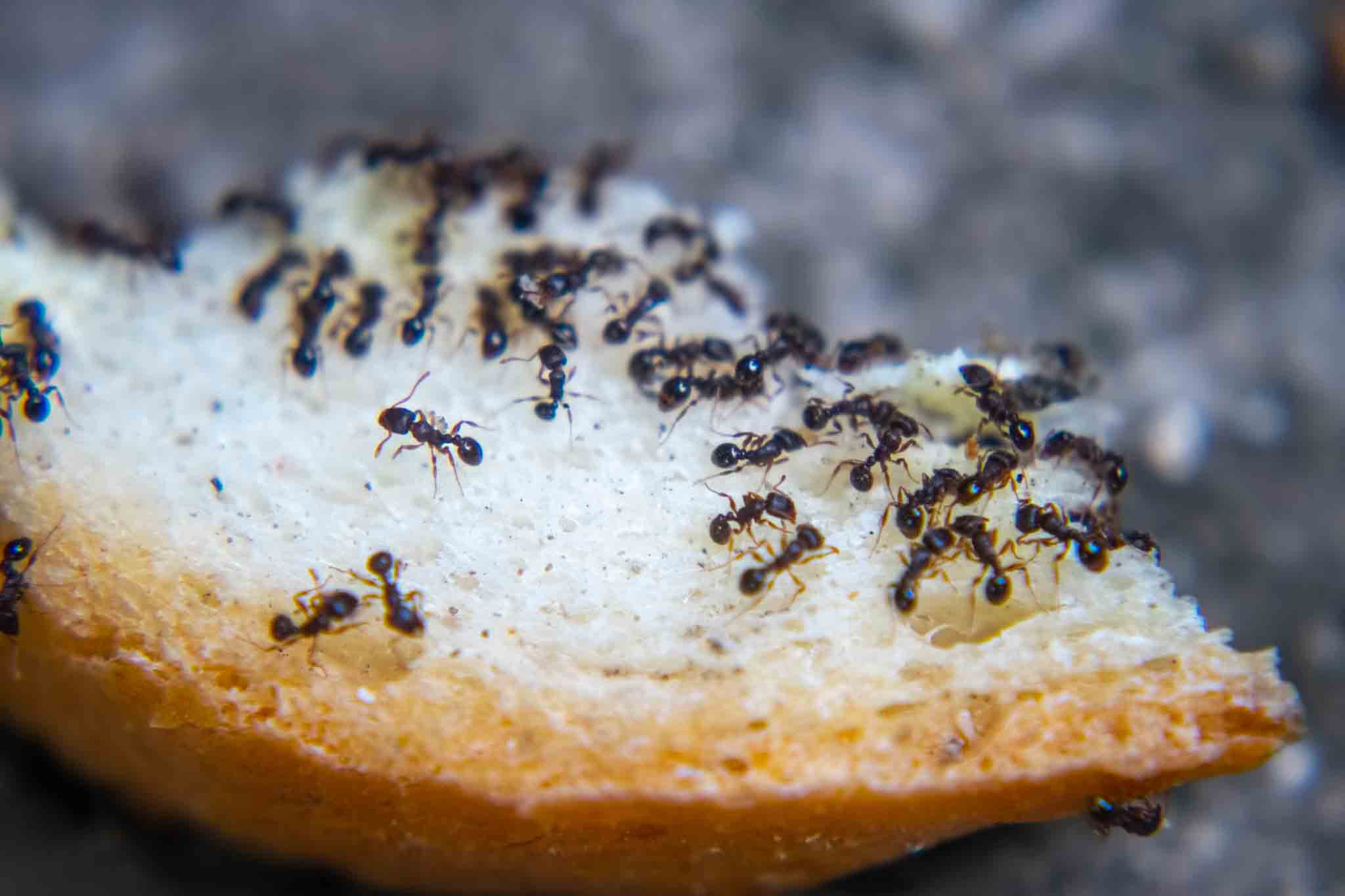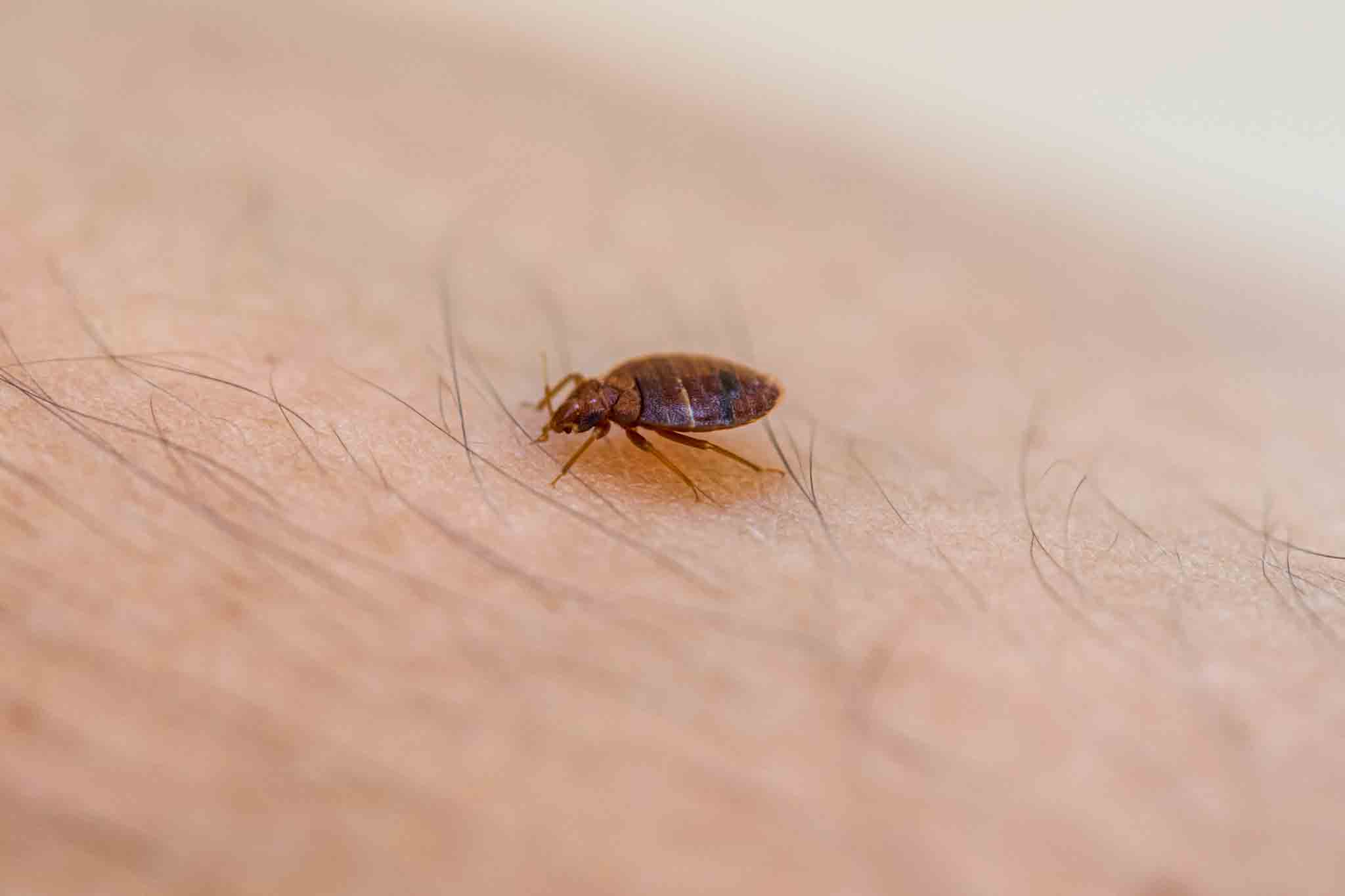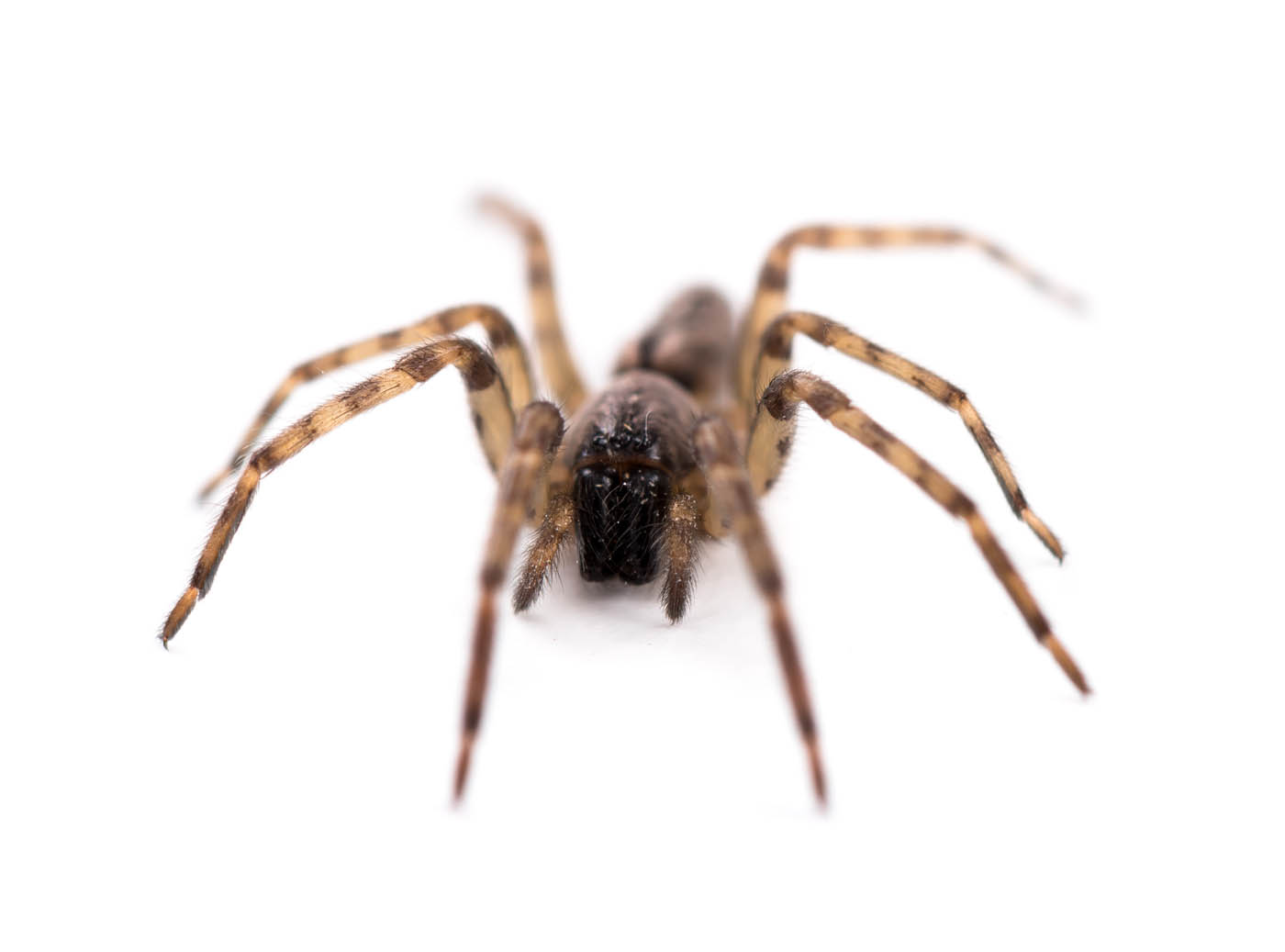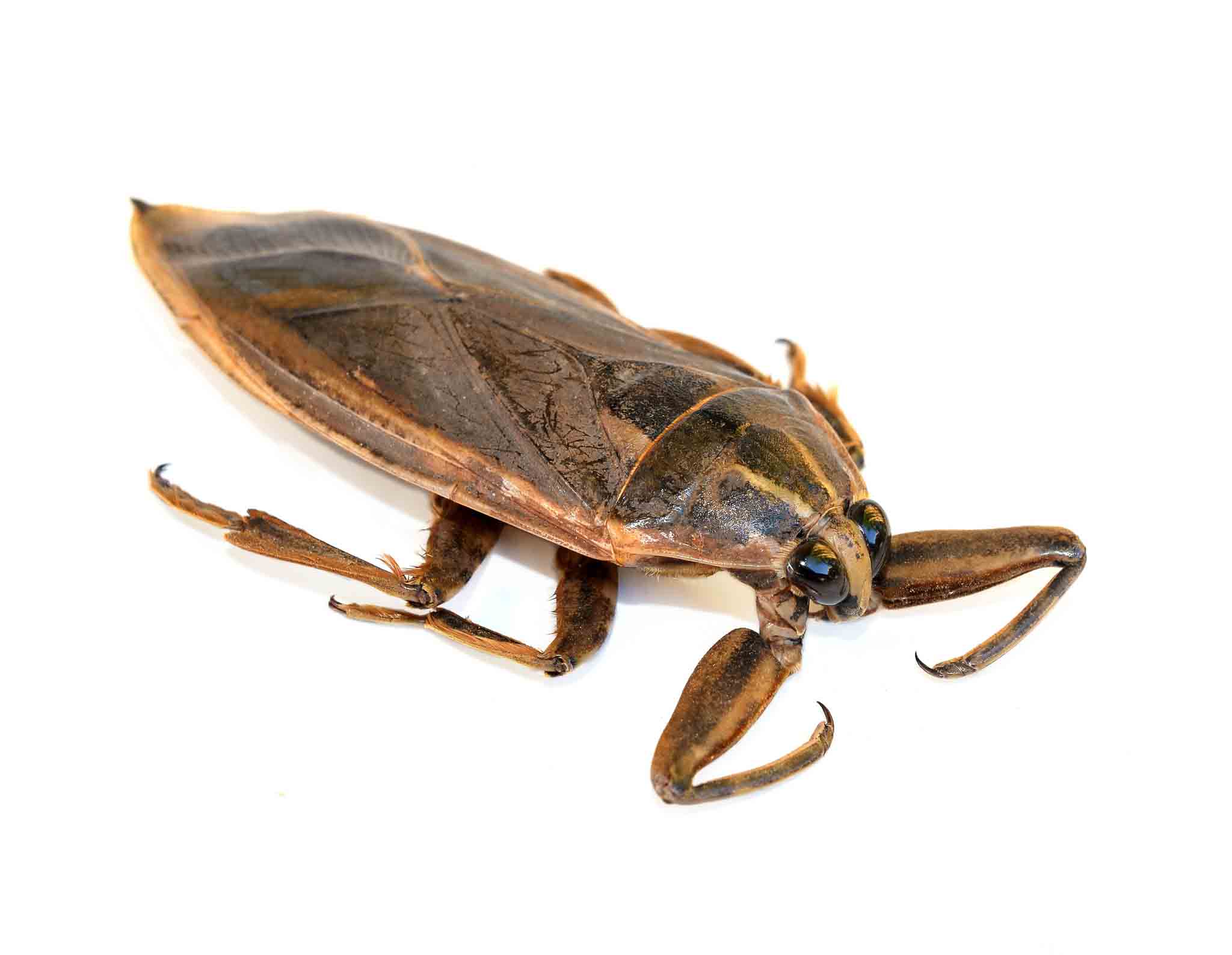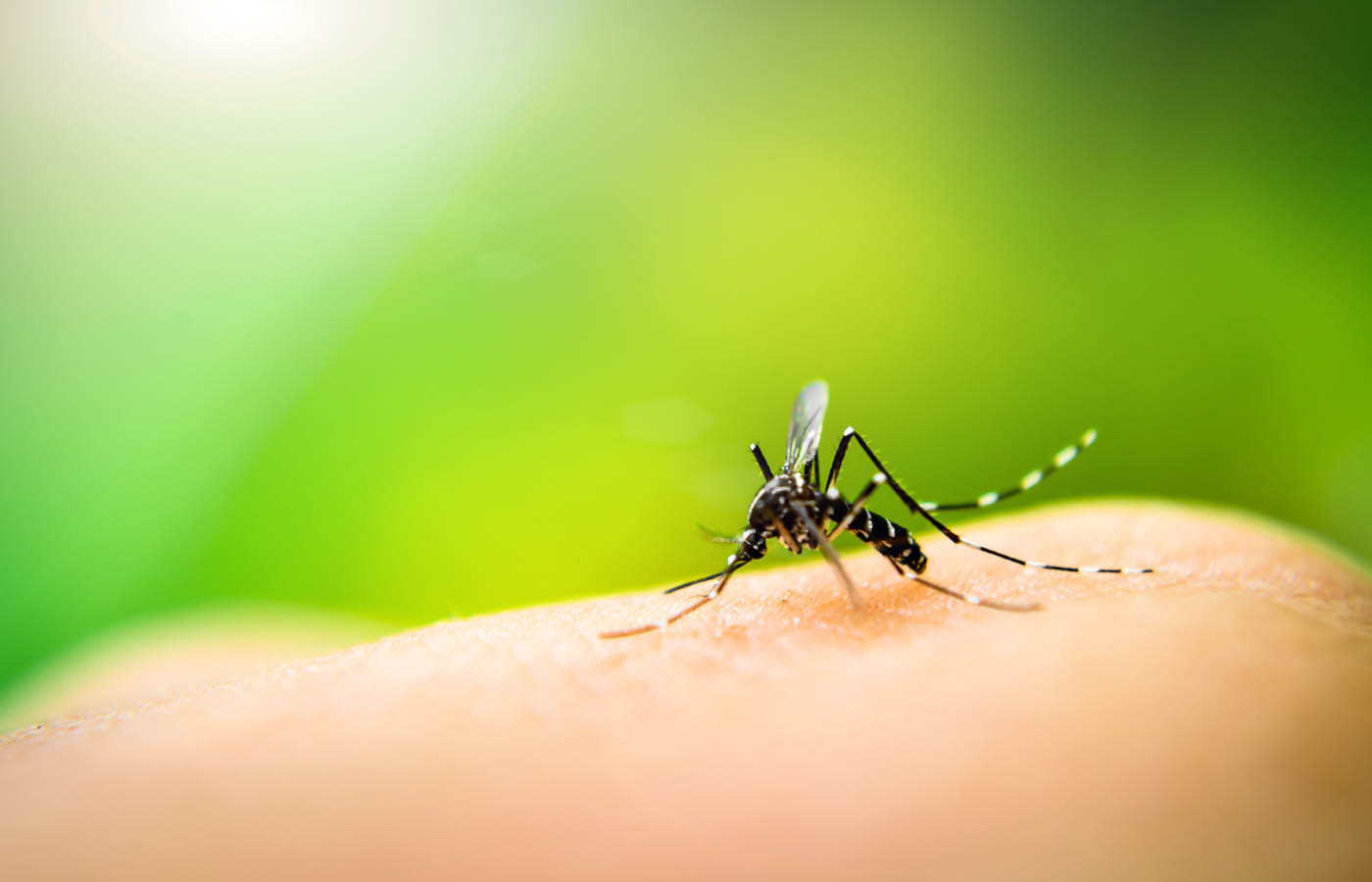Identification
An earwig’s body is divided into three parts ― head, thorax, and abdomen. Two small eyes, a mouthpart for chewing and two long antennae are positioned on the head. Two pairs of wings and three pairs of legs are attached to the thorax. The short leathery forewings cover the large and circular hind wings.
The earwig in Suffolk County isn’t capable of staying airborne for a long period and compensates for it by running fast on the ground. The pincers (forceps) located at the rear end of the abdomen are the most prominent feature of this insect. They are large and look terrifying. They are used for seizing prey and defending against predators.
Earwigs have a flattened body, which enables them to squeeze into tiny spaces. Their body length varies from 6mm to 18mm. The Australian earwig is relatively large species that can grow up to 50mm in length.
Here are the common species of earwigs that are found in homes:
-
Red Legged Earwigs
This species is commonly found in the southern parts of the U.S., especially in Florida. It has a dark back and a yellowish underbelly. It lacks the short, leathery wings found in most other species. However, it does have pincers to capture prey and is very much capable of infiltrating homes in large numbers.
-
Striped Earwigs
Unlike the red-legged earwig, the striped earwig is not fond of attacking homes and outdoor vegetation. However, in dry and unfavorable conditions, it has no choice but to find refuge in the dark and moist locations inside a house or a building.
